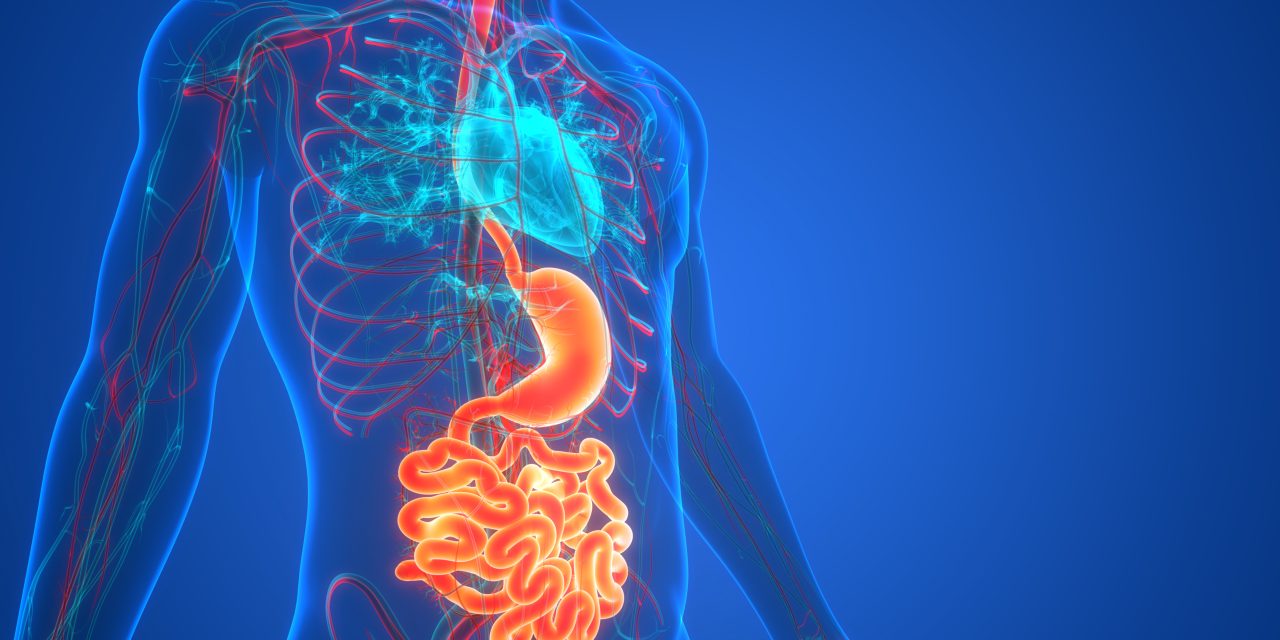Theranostic applications are currently difficult to achieve owing to the limited evaluation of suitable chelators for therapeutic nuclides, such as Ac and Th. With a focus on targeted α therapy and theranostics using human IgG as a drug-delivery system (i.e., combining highly cytotoxic α-particle emitter radiation with efficient tumor targeting), we developed a recombinant humanized Nd2 (hNd2) as an anti-MUC5AC antibody since MUC5AC is highly expressed in patients with pancreatic cancer. Therefore, we aimed to evaluate the performance of Zr- (for diagnosis) and Ac- (for therapy) labeling of these antibodies using well-controlled radioisotope (RI)-labeling technology in pancreatic cancer mouse models.
Zr-labeled hNd2 (NMK89) and Ac-labeled hNd2 (NMT25) were manufactured by chemical conjugation using affinity peptides. A binding assay and the evaluation of plasma stability were performed in vitro to confirm the properties of NMK89 and NMT25. In vivo, we evaluated biodistribution, positron emission tomography (PET)/computed tomography (CT) imaging, antitumor effects, and toxicity. Moreover, the exposure dose in humans was estimated based on the biodistribution evaluation in normal mice.
NMK89 and NMT25 showed binding specificity to MUC5AC and stability with radiochemical purity ≥90% in mice and human plasma following incubation for 168 h. NMK89 showed high accumulation in tumors and low non-specific accumulation in normal tissues. The antitumor effect of NMT25 was dose-dependent and significantly suppressed tumor growth in the NMT25 treatment groups compared with the control group (p < 0.05). NMK89 and NMT25 showed similar pharmacokinetics and biodistribution characteristics. Additionally, the human estimated exposure dose of NMK89 and NMT25 was confirmed, and the effective dose of NMK89 and NMT25 was 0.33 mSv/MBq and 177.5 mSv/MBq, respectively.
NMK89 showed specific accumulation in the MUC5AC-expressing tumors, while NMT25 showed strong antitumor effects. These results suggest NMK89 and NMT25 as promising theranostic agents for pancreatic cancer.
Copyright © 2022 The Authors. Published by Elsevier Inc. All rights reserved.
Radiation dosimetry and efficacy of an Zr/Ac-labeled humanized anti-MUC5AC antibody.


